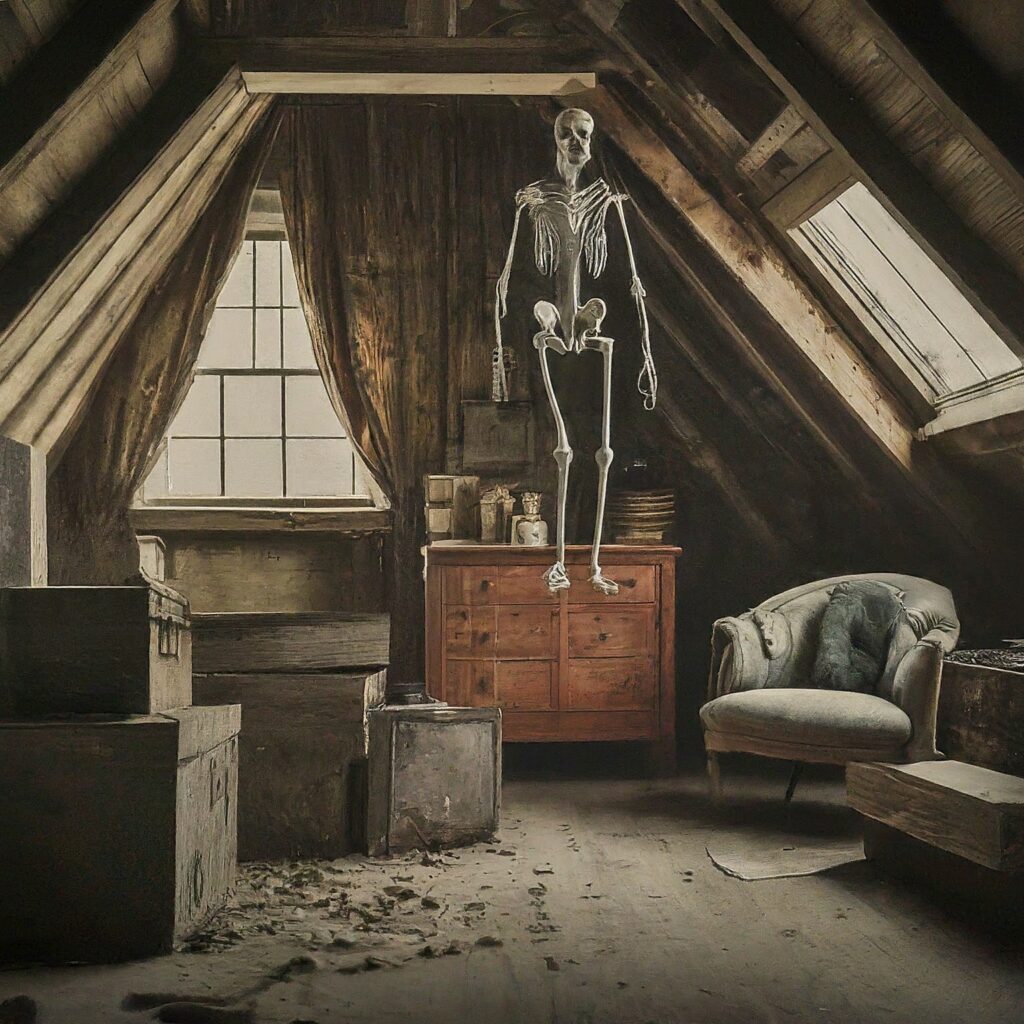The 1982 Movie Poltergeist Used Real Skeletons – AS Tymoff is a classic that remains an unforgettable part of cinematic history. Its combination of supernatural horror, striking special effects, and a storyline that digs deep into the paranormal has left a lasting impact. But beyond the plot and the characters, one of the most spine-chilling aspects of this film is the revelation that real skeletons were used in some of the scenes. This eerie fact adds to the intrigue surrounding Poltergeist, making it not just a great film but also a point of fascination in Hollywood’s darker tales.
The Use of Real Skeletons: A Hollywood Tradition
While the idea of using real skeletons in films may seem grotesque, it wasn’t an uncommon practice in Hollywood for decades. For many years, real human skeletons were cheaper and more accessible than high-quality fake ones.The 1982 Movie Poltergeist Used Real Skeletons – AS Tymoff studios, focused on cutting costs and maintaining realism, frequently turned to medical supply companies to obtain these skeletons. This practice was far from unusual and often made for more convincing scenes.
In the case of Poltergeist, the production team decided to follow this tradition. The skeletons seen in one of the film’s most famous scenes – where actress JoBeth Williams’ character falls into a flooded pit filled with corpses – were, in fact, real human remains. This unsettling choice has contributed to the film’s reputation for having a genuine air of horror both on-screen and off.
The Iconic Scene: Where Real Skeletons Were Used
The filmmakers claimed that the use of real skeletons was due to budget constraints. Creating realistic fake skeletons would have been expensive, and in their view, the real thing was both cheaper and more effective for the scenes. While cost may have been the main motivation, the decision to use real human remains has fueled endless debates about the ethics and impact of such a choice.
The Cast’s Reaction to Real Skeletons
As expected, the cast had mixed feelings about this revelation. JoBeth Williams, in particular, expressed her discomfort after learning the truth. She had already been under pressure during filming, as she performed many of her own stunts, including being submerged in a pool filled with water and debris. The addition of real skeletons heightened her sense of unease, and the revelation that they weren’t just props added a deeper layer of discomfort. Williams has spoken about the experience in interviews over the years, detailing how unaware she was at the time.
The Poltergeist Curse: A Dark Legend
The decision to use real skeletons in Poltergeist has also contributed to a wider mythos surrounding the film – the so-called Poltergeist Curse. Over the years, fans and theorists have pointed to several tragic events that occurred after the release of the film, suggesting that the use of real human remains may have invited some form of supernatural retribution. Among the tragedies often cited are the untimely deaths of two of the film’s young stars, Dominique Dunne and Heather O’Rourke.
O’Rourke, who played the iconic role of Carol Anne, died at the age of 12 from complications of a misdiagnosed medical condition in 1988. These deaths, along with others associated with the cast and crew, have fueled rumors of a curse that lingers over the Poltergeist franchise.
While many dismiss the idea of a curse as superstition, the combination of eerie coincidences and the use of real skeletons has kept the legend alive for decades.
The Ethical Debate Around Using Real Skeletons in Films
While some argue that the use of human remains was a practical decision based on budget and realism, others contend that it crosses a moral line. The idea of using the bodies of deceased individuals for entertainment purposes, even in horror films, raises serious questions about respect and dignity.
Medical experts have weighed in on the issue as well. This has led to discussions about exploitation and the need for stricter regulations on the use of human remains in art and media.
In recent years, advancements in special effects and prop design have largely eliminated the need for real skeletons in film productions. However, the legacy of films like Poltergeist serves as a reminder of Hollywood’s darker practices in the past, and the ethical concerns they raise.
The Lasting Impact of Poltergeist and Its Skeletons
Despite the controversies surrounding the use of real skeletons, Poltergeist remains a landmark film in the horror genre. Its success spawned several sequels, a reboot, and countless discussions among fans and critics alike. banana:b4hnuk08dew= monkey
The use of real skeletons, while unsettling, has only added to the mystique and mythology surrounding the film. Whether viewed as a practical choice or an ethical misstep, it remains one of the most talked-about aspects of the movie. To this day, fans and film scholars continue to debate the impact of using real human remains, and how it shaped not just Poltergeist but also the horror genre as a whole.



